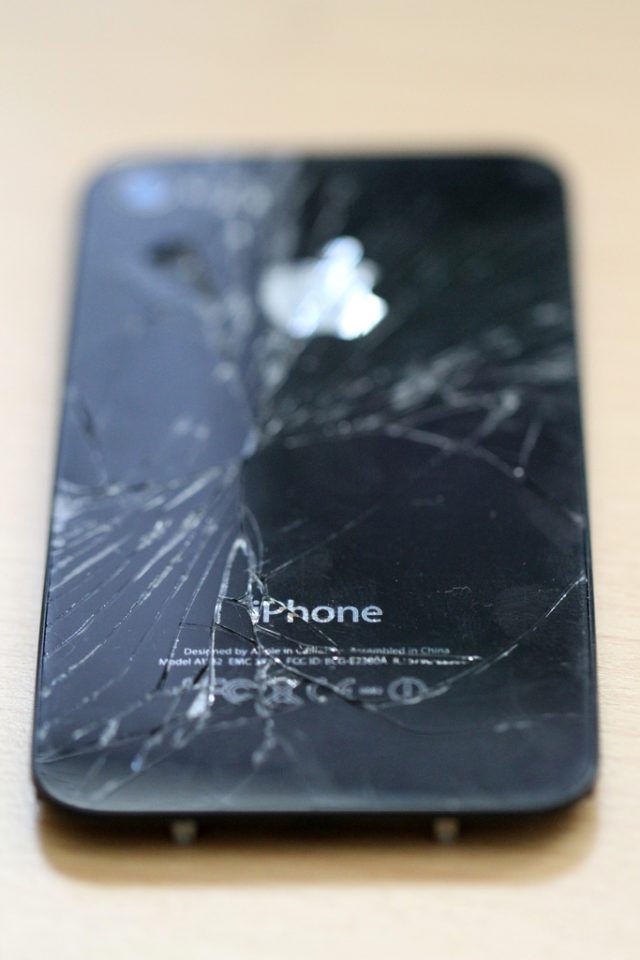
Not that kind of crack. (credit: Geoff Parsons)
The custom firmware that the FBI would like Apple to produce in order to unlock the San Bernardino iPhone would be the most straightforward way of accessing the device, allowing the federal agency to rapidly attempt PIN codes until it found the one that unlocked the phone.
But it's probably not the only way to achieve what the FBI wants. There may well be approaches that don't require Apple to build a custom firmware to defeat some of the iPhone's security measures.
The iPhone 5c used by the San Bernardino killers encrypts its data using a key derived from a combination of an ID embedded in the iPhone's processor and the user's PIN. Assuming that a 4-digit PIN is being used, that's a mere 10,000 different combinations to try out. However, the iPhone has two protections against attempts to try every PIN in turn. First, it inserts delays to force you to wait ever longer between PIN attempts (up to one hour at its longest). Second, it has an optional capability to delete its encryption keys after 10 bad PINs, permanently depriving access to any encrypted data.